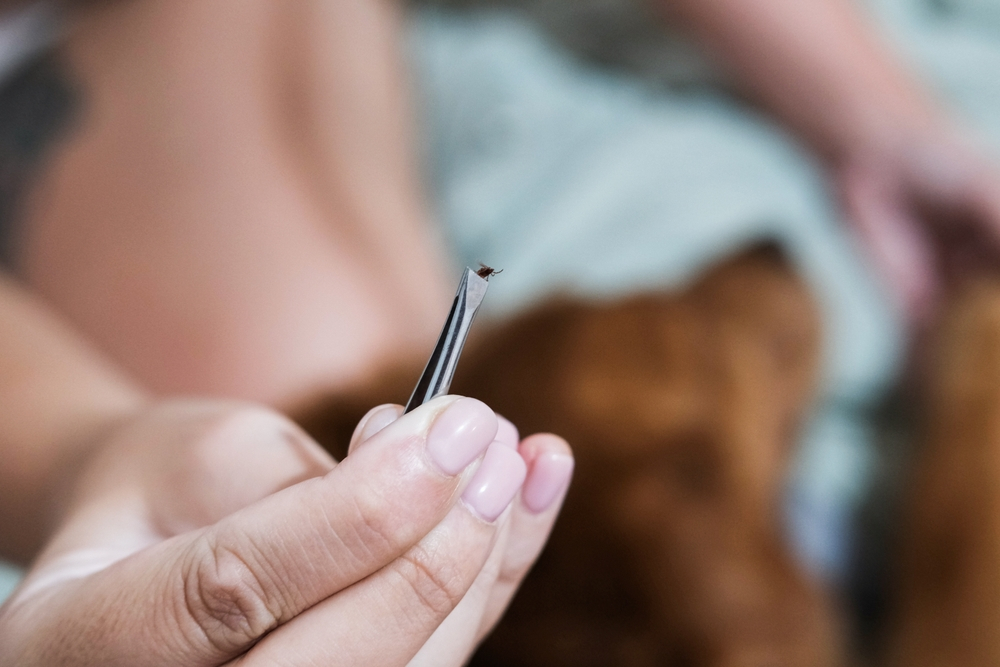Mites can cause discomfort and health issues in dogs if untreated. This guide covers common mites like ear mites and demodex, signs to watch for, treatments such as medicated shampoos and prescriptions, home remedies, and the importance of regular vet visits for accurate diagnosis. It also offers prevention tips through proper grooming and hygiene to keep your dog mite-free.
Understanding Different Types of Mites that Affect Dogs
When it comes to the health and comfort of our canine companions, understanding the various types of mites that can affect dogs is crucial. Dog mites are tiny parasites that can cause significant discomfort and health issues if left untreated. Among the most common types of dog skin mites are ear mites, mange-causing mites, and demodex mites.
Ear mites in dogs are particularly troublesome as they reside in the ear canal, causing irritation and inflammation. These pests can lead to symptoms such as excessive scratching, head shaking, and a dark discharge from the ears. Prompt treatment is essential to prevent further complications.
Mange in dogs is another condition caused by specific types of mites. Sarcoptic mange, also known as scabies, results from infestation by sarcoptic mange mites. This condition leads to intense itching, hair loss, and red skin sores due to burrowing beneath the skin’s surface. It’s highly contagious among animals and requires immediate veterinary attention.
Demodex mites are naturally present on a dog’s skin but can cause demodectic mange when they multiply excessively due to an underlying immune system issue. Unlike sarcoptic mange, demodectic mange is not contagious but still causes significant discomfort through symptoms like patchy fur loss and scaly skin.
Understanding these different types of dog skin mites enables pet owners to recognize early signs of infestation and seek appropriate veterinary care promptly. Keeping your dog’s environment clean and maintaining regular check-ups with a veterinarian can help manage these pesky parasites effectively.
How to Tell if Your Dog Has Mites

When it comes to the health of your furry friend, being aware of potential issues like mites is crucial. Mites are tiny parasites that can cause significant discomfort for dogs, leading to a range of symptoms that pet owners should be vigilant about. One of the most common signs of mites in dogs is persistent itching and scratching. If you notice your dog frequently scratching themselves more than usual, it might be due to these pesky parasites.
Another symptom to watch for is hair loss in dogs. Mites can cause patches of hair to fall out, leaving bald spots on your dog’s coat. This hair loss often occurs alongside other symptoms such as redness or inflammation, which are key indicators of dog skin irritation signs.
Additionally, if you observe any scabs or sores on your dog’s skin, these could also be a result of mite infestation. The constant itching and scratching can lead to open wounds that may become infected if not addressed promptly.
Being attentive to these mites symptoms in dogs will help ensure timely intervention and treatment, keeping your pet healthy and comfortable. If you suspect that mites might be affecting your dog, it’s important to consult with a veterinarian who can provide appropriate care and advice tailored to their needs.
The Best Treatments for Getting Rid of Mites on Dogs
When it comes to tackling the pesky problem of mites on dogs, understanding the best treatment options is crucial for your pet’s health and comfort. Dog mite treatment options vary depending on the severity and type of infestation, but they generally include a combination of medicated shampoos, prescription medications, and topical treatments.
Medicated shampoos for dogs are often a first line of defense against mites. These specially formulated shampoos contain ingredients that help kill mites and soothe irritated skin. Regular bathing with these products can significantly reduce mite populations on your dog’s coat.
For more severe infestations or specific types of mange, prescription medications for mites may be necessary. These medications are typically prescribed by a veterinarian and can be administered orally or through injections. They work systemically to eliminate mites from within your dog’s body, providing a more comprehensive solution to mite problems.
Topical treatments for dog mange are another effective option. These treatments are applied directly to affected areas and usually contain potent ingredients that target mites specifically. They can offer quick relief from itching and irritation while actively reducing mite numbers.
Natural Remedies to Help Combat Dog Mite Infestations at Home
When it comes to dealing with dog mite infestations, many pet owners are turning to natural remedies as a safe and effective alternative to chemical treatments. These home remedies for dog mites not only help alleviate discomfort but also promote overall skin health for your furry friend.
One popular natural mite treatment for dogs involves the use of apple cider vinegar. Known for its antibacterial and antifungal properties, apple cider vinegar can be diluted with water and applied topically to your dog’s skin using a spray bottle or cloth. This solution helps create an inhospitable environment for mites while soothing irritated skin.
Another effective DIY mite removal method is the use of coconut oil. Its antimicrobial properties make it a great option for combating mites naturally. Simply massage a small amount of coconut oil into your dog’s skin, focusing on affected areas. Not only does this help eliminate mites, but it also moisturizes dry patches and promotes healing.
Additionally, incorporating sulfur soap into your dog’s bathing routine can aid in reducing mite populations. Sulfur has been used historically as a natural remedy due to its ability to kill parasites without harsh chemicals.
While these natural remedies can be beneficial in managing mild infestations at home, it’s important to consult with a veterinarian if symptoms persist or worsen. They can provide guidance on the best course of action tailored specifically to your pet’s needs.
The Importance of Regular Vet Visits and Professional Advice
Regular vet visits are crucial for maintaining your pet’s health and well-being. One of the key reasons to schedule consistent vet consultations is to address issues like dog mites, which can cause significant discomfort and health problems if left untreated. A professional diagnosis is essential in identifying the specific type of mite affecting your dog, as different mites require different treatment approaches.
Veterinary professionals are trained to recognize symptoms that might not be apparent to a pet owner, allowing them to develop a comprehensive treatment plan tailored to your dog’s needs. This ensures that any underlying health issues are addressed promptly and effectively. The importance of veterinary advice cannot be overstated; it provides peace of mind knowing that your pet’s health is being managed by experts who understand the complexities of animal care.
Moreover, regular vet visits offer an opportunity for preventative care, catching potential problems early before they become more serious. By adhering to a schedule of routine check-ups and seeking professional guidance when concerns arise, you can help ensure a long, healthy life for your furry friend.
Preventing Future Mite Infestations on Your Dog
Preventing future mite infestations on your dog requires a proactive approach centered around consistent care and hygiene. One of the most effective mite prevention tips for dogs is to establish regular grooming habits. This includes brushing your dog’s coat frequently to remove loose fur and debris, which can provide a breeding ground for mites. Additionally, regular baths using a veterinarian-recommended shampoo can help keep your dog’s skin clean and healthy, further reducing the risk of an infestation.
Maintaining pet hygiene goes beyond just grooming; it’s also crucial to keep your dog’s living environment clean. Wash their bedding regularly in hot water to kill any mites that may be present, and vacuum areas where your dog spends time to remove potential mite habitats. It’s also wise to schedule routine check-ups with your vet, who can perform skin examinations and recommend preventive treatments if necessary.
By adopting these practices, you can significantly reduce the likelihood of mites becoming an issue for your furry friend, ensuring they remain happy and healthy.
Ensuring Long-term Health and Comfort for Your Furry Friend by Managing Mites Effectively
In conclusion, ensuring the long-term health and comfort of your furry friend involves effectively managing mite infestations. Mites can cause significant discomfort and health issues for pets if left unchecked, so it’s crucial to stay vigilant. Regular veterinary check-ups are essential for early detection and treatment, as they allow professionals to identify any signs of mite-related problems before they escalate.
Implementing a consistent grooming routine is another key step in preventing mites. Regular brushing not only helps keep your pet’s coat clean but also allows you to spot any unusual signs such as redness or excessive scratching that might indicate a problem. Additionally, maintaining a clean living environment by washing bedding frequently and vacuuming regularly can help minimize the risk of mites taking hold.
It’s also important to consider preventative treatments recommended by your veterinarian. These can include topical applications or oral medications designed specifically to ward off parasites like mites. By following these guidelines and staying informed about the best practices for mite management, you can ensure that your furry companion enjoys a happy, healthy life free from the discomfort caused by these pesky parasites.



